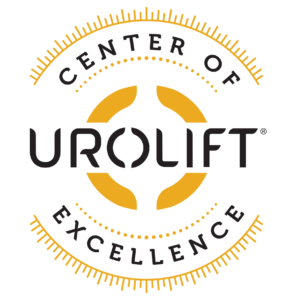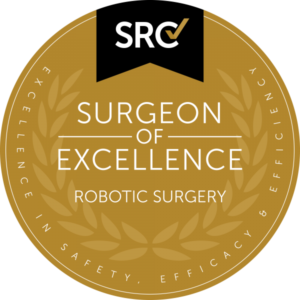Deciding to have a vasectomy is a significant step in your reproductive health. Whether you’ve decided not to have children in the future or are certain your family is complete, this procedure offers a permanent form of birth control. Once you’ve discussed your decision with your partner and Urologist Miguel A. Mercado, MD, it’s time to prepare for the procedure.
Understanding the Vasectomy Procedure
A vasectomy is a simple outpatient procedure that prevents sperm from entering semen, making conception impossible.
There are two primary types of vasectomy:
- Traditional vasectomy – Involves making small incisions in the scrotum to access and cut the vas deferens, the tubes that carry sperm.
- No-scalpel vasectomy – Uses tiny punctures in the skin rather than incisions, minimizing discomfort and reducing recovery time.
Regardless of the method used, both involve cutting and sealing the vas deferens, preventing sperm from reaching the semen. The body continues to produce sperm, but they are naturally absorbed.
A vasectomy does not affect testosterone levels, sex drive, erections, or the ability to ejaculate—your semen will simply no longer contain sperm.
How to Prepare for a Vasectomy
Before your vasectomy, Urologist Miguel A. Mercado, MD at PRACTICE will provide detailed instructions to ensure a smooth procedure. Here’s how you can prepare:
- Adjust Medications: Avoid blood thinners (both prescription and over-the-counter) as advised by your doctor.
- Shave the Area: Either shave around the scrotum a day before the procedure or be prepared for it to be done in the office.
- Dress Comfortably: Wear loose, breathable clothing to stay comfortable during and after the procedure. The procedure room is kept warm, so lighter clothing is ideal.
- Bring an Athletic Supporter: A snug, supportive garment will help minimize discomfort and swelling post-procedure.
- Eat Lightly: Since the procedure is performed under local anesthesia, a light meal beforehand is typically allowed.
- Bring Entertainment: Many men find it helpful to listen to music or a podcast during the procedure, so bring your phone and earbuds.
- Arrange a Ride Home: Even if you don’t take anti-anxiety medication, it’s best to have someone drive you home.
Potential Risks and Complications
Vasectomies are generally safe and highly effective, but as with any procedure, there are potential risks, including:
- Mild infection at the incision site.
- Persistent pain or discomfort in the scrotum.
- Sperm granuloma, a small, tender lump caused by sperm leakage.
- Post-vasectomy pain syndrome, causing temporary swelling and discomfort.
- Rare failure of the procedure—in very few cases, the vas deferens may naturally reconnect, leading to pregnancy.
Most complications are minor and resolve with proper post-procedure care.
Recovery and Aftercare
Recovery from a vasectomy is straightforward, and most men return to normal activities within a few days. To ensure a smooth recovery:
- Wear snug underwear or an athletic supporter to reduce swelling.
- Use ice packs to minimize discomfort for the first 24–48 hours.
- Take over-the-counter pain relievers as needed.
- Avoid heavy lifting and strenuous exercise for at least a week.
- Refrain from sexual activity for at least a few days to allow proper healing.
When is a Vasectomy Effective?
A vasectomy is not immediately effective. Sperm may still be present in the semen for several weeks after the procedure. To ensure complete sterility:
- Continue using another form of birth control for at least 12 weeks post-surgery.
- Have at least 20 ejaculations before your semen is tested.
- Schedule a follow-up semen analysis with urologist Miguel Mercado, MD around three months post-procedure.
Once your semen is confirmed sperm-free, you can safely engage in sex without the risk of pregnancy.
Considering a Vasectomy?
If you’re ready to take the next step or want to discuss whether a vasectomy is right for you, contact urologist Miguel Mercado, MD at (281) 351-5174 to schedule a consultation in The Woodlands or Tomball.




